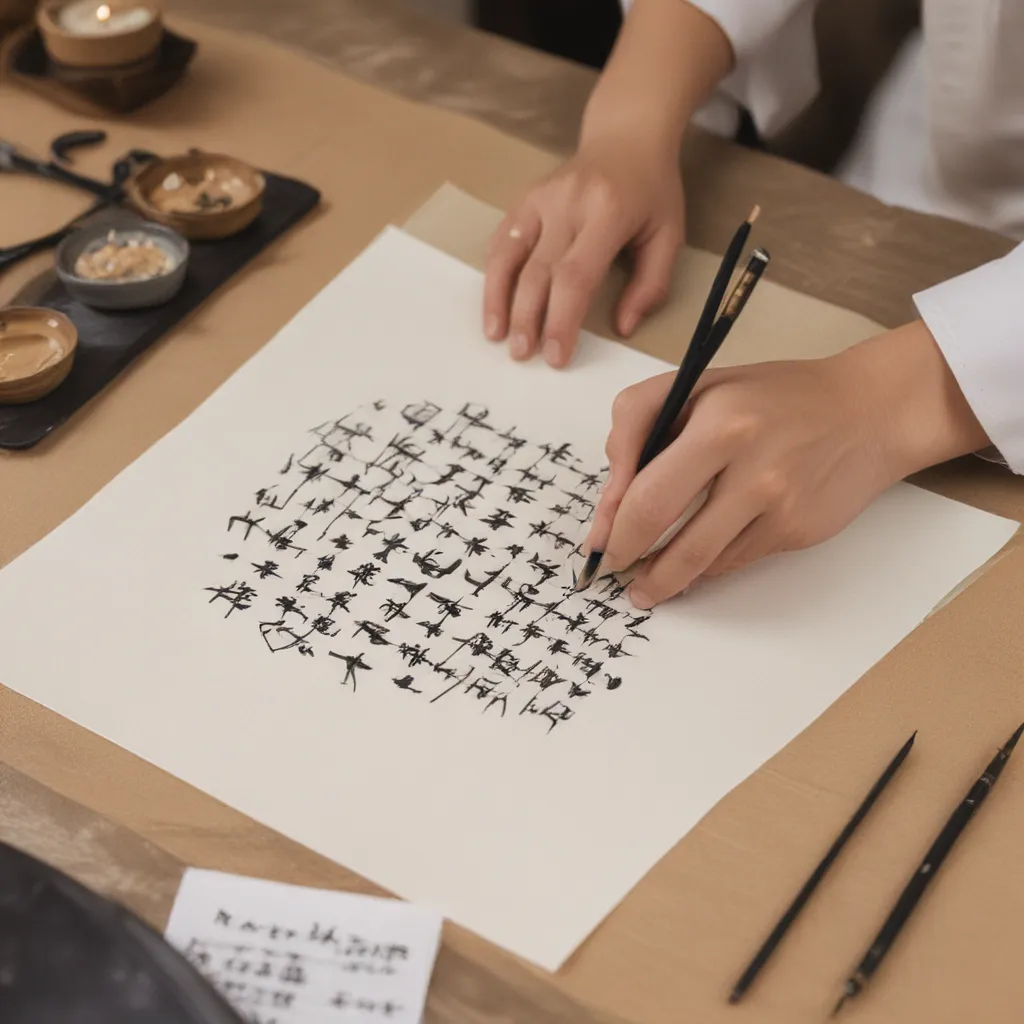
Learn Calligraphy And Make Your Own Hanji Paper
Embracing the Art of Korean Craftsmanship
I’ll never forget the day I reluctantly stepped into a hanji (Korean traditional paper) class in Seoul. As someone who had always been more interested in science, writing, and music, the thought of dabbling in arts and crafts seemed like a colossal waste of time. But little did I know that this decision would open up a whole new world of wonder and appreciation for Korean culture.
My journey began with a visit to the Jeonju Hanji Museum, nestled away from the bustling Hanok Village. It was there that I not only learned the intricate process of making hanji, but also discovered a newfound passion for Korean calligraphy.
Uncovering the Magic of Hanji
As I stepped into the museum, I was immediately struck by the serene atmosphere and the rich history that permeated the air. The staff, though speaking only Korean, were warm and welcoming, guiding me through the various exhibits with a smile and a bow.
The first hall provided a captivating overview of the origins and evolution of paper around the world, but it was the “History of Hanji Hall” that truly captivated my attention. Here, I learned about the unique properties of Korean paper, its versatility, and the traditional techniques used in its production.
The process of making hanji, from extracting the mulberry bark to producing the thin, long sheets of paper, was both mesmerizing and labor-intensive. I watched in awe as the skilled artisans carefully steamed, pressed, and washed the raw materials, transforming them into the distinctive hanji that has been used for centuries in Korean art, literature, and everyday life.
Crafting My Own Hanji Masterpiece
The true highlight of my visit, however, was the opportunity to create my own sheet of hanji paper. As I stood in the experience center, holding the bamboo strainer and dipping it into the pulp solution, I felt a surge of excitement. My instructor, though initially unimpressed with my gentle touch, quickly intervened, showing me the proper technique to coax the pulp onto the strainer.
I watched in fascination as he heated the pulp and meticulously crafted a thin, delicate sheet of paper right before my eyes. Though I was disappointed that I couldn’t complete the entire process myself, I was still thrilled to have the chance to create something tangible and unique.
As I tenderly held my hanji paper, I couldn’t help but feel a sense of pride and accomplishment. This paper, with all its imperfections and unique characteristics, was a testament to the rich heritage of Korean craftsmanship. It was a physical manifestation of the patience, skill, and dedication that goes into every piece of hanji.
Discovering the Art of Korean Calligraphy
But my journey of discovery at the Jeonju Hanji Museum didn’t end there. As I explored the various exhibits, I stumbled upon a section dedicated to the art of Korean calligraphy, or ‘Seoye.’ It was here that I encountered the elegant and expressive strokes of the traditional Korean script, and it was love at first sight.
Korean calligraphy, with its distinct style and deep cultural significance, captivated me in a way I never could have anticipated. The fluid movements of the brush, the careful balance of positive and negative space, and the underlying philosophy of self-reflection and harmony – it all came together to create a visual symphony that resonated with me on a profound level.
In that moment, I knew I had to learn this art form. I signed up for a calligraphy class at the museum, eager to immerse myself in the centuries-old traditions of Korean culture. From the delicate strokes of the ‘Hangul’ (the Korean alphabet) to the bold, sweeping lines of the ‘Hanja’ (Chinese characters), I was entranced by the beauty and depth of each calligraphic masterpiece.
Embracing the Slow and Savored
As I progressed through the class, I realized that the art of calligraphy was not just about the final product, but about the journey itself. It was a lesson in patience, focus, and the appreciation of the present moment – something that I had often struggled with in my fast-paced, technology-driven life.
My instructor, who had initially seemed impatient, was now a gentle guide, encouraging me to savor each stroke, to feel the weight of the brush in my hand, and to let the ink flow freely onto the hanji paper. It was a revelatory experience, one that taught me the value of slowing down and truly immersing myself in the creative process.
As I look back on my time at the Jeonju Hanji Museum, I’m struck by how much it has enriched my life. What began as a reluctant foray into the world of arts and crafts has blossomed into a deep appreciation for Korean culture, a newfound passion for creative expression, and a renewed sense of mindfulness and connection.
Connecting with the Heart of Seoul
And the best part? The hotel I’m staying at in Seoul, the Hotel Stay Inn, has been the perfect home base for my cultural odyssey. With its proximity to the vibrant Hanok Village and its commitment to showcasing the best of Korean hospitality, this hotel has become a sanctuary where I can recharge, reflect, and continue to explore the rich tapestry of this incredible city.
So, if you find yourself in Seoul, I urge you to venture beyond the bustling streets and immerse yourself in the timeless art of Korean calligraphy and the enchanting world of hanji paper-making. It’s a journey that will not only expand your horizons but also touch your heart in ways you never imagined.

